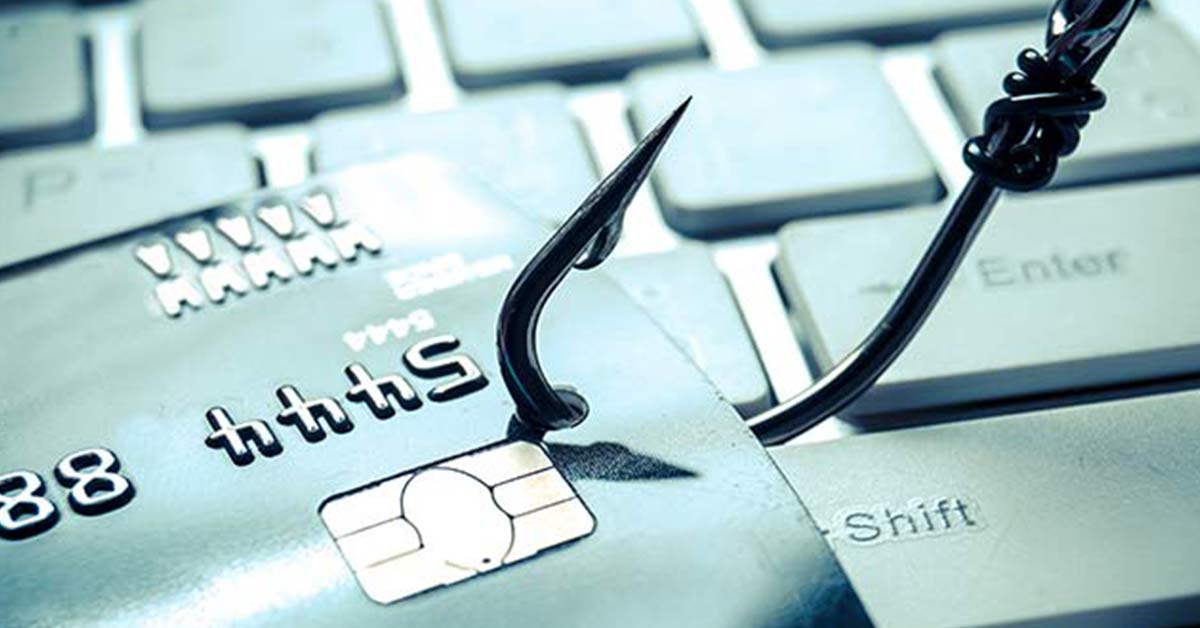
Authorised Push Payment (APP) fraud occurs where an account holder authorises an electronic payment from their account, but under false pretences – often where they have been the victim of a scam. It’s a widespread and increasingly well-publicised problem. In 2017, there were almost 44,000 instances of APP fraud, causing losses of £236m.
These frauds can have a devastating effect on people. Until now, banks often refused to reimburse lost funds on the basis that customer had authorised the movement of money. The general exception was where a bank had been able to freeze the money before it was withdrawn from the banking system by the fraudsters, allowing the money to be refunded.
This approach was criticised by consumer groups such as Which, who argued that consumers and small businesses should have similar protections to those which already exist for card payments and direct debits.
Things are about to change however. From May 2019, the banking industry are launching a voluntary code of conduct to address this issue. You may already be aware that bank’s efforts to educate their customers about APP has increased. The Code will provide particular protection to those considered vulnerable to APP fraud. Over time, you may see changes when making electronic payments. One significant change will be a “confirmation of payee” screen. At present, banks match only sort code and account numbers, but crucially not account names. Changes as a result of the Code mean that when an account number and sort code are entered, a “pop up” will tell you the name of the account holder, so you can be sure that payment is going to the correct person’s account. The Code also provides for more effective, immediate warnings to be given if a transaction is “flagged up” as one that is likely to have a fraudster behind it – allowing you time to consider whether you might be being scammed.
The most significant change however is the presumption that where a consumer, small business or charity has been the victim of an APP fraud, the bank will reimburse losses (and do so quickly, usually within 3 weeks). There are exceptions to this general rule – for example where a warning or confirmation of the payee has been ignored or where the account holder has been grossly negligent.It is clear however that the voluntary code should provide consumers with much greater protection that has existed to date. Unfortunately, the Code is not retrospective, so claims cannot be made for losses that have already occurred.
It has not yet been announced which banks will sign up to the scheme, but the majority of the big banks are expected to join.
Post a comment
You must be logged in to post a comment.















